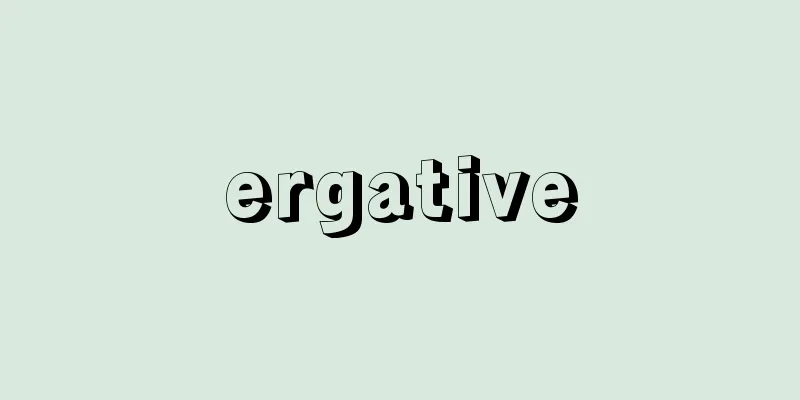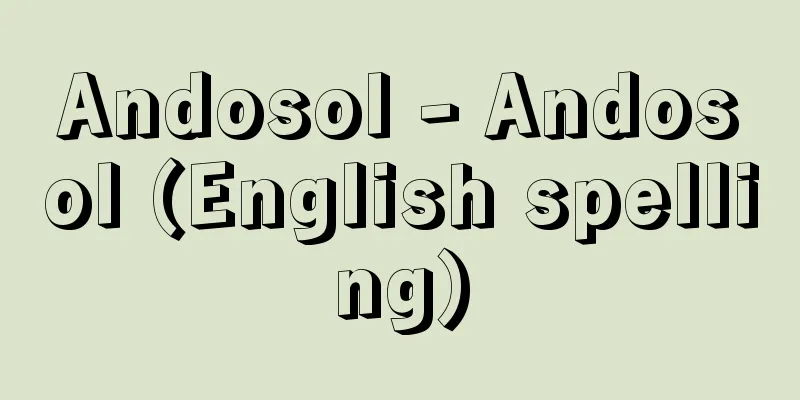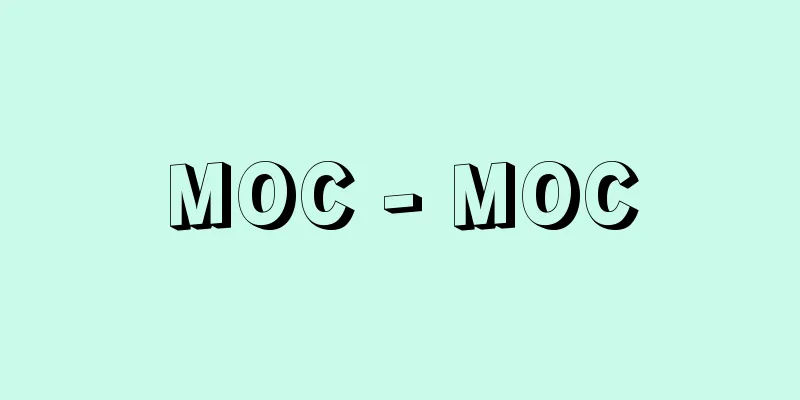Flower seal - Kaoin

|
… *Some of the terminology explanations that refer to "kao-in" are listed below. Source | Heibonsha World Encyclopedia 2nd Edition | Information |
|
… ※「花押印」について言及している用語解説の一部を掲載しています。 出典|株式会社平凡社世界大百科事典 第2版について | 情報 |
>>: "Flower tradition book since Kao" - Kao Irai no Kadensho
Recommend
Koji - Kiku
...The word "jo" is a combination of th...
Charophyte - Stoneworts
A freshwater algae with a shape similar to that of...
Pagasai
…Iolkos, the town of Jason, the hero of ancient G...
Islam (English spelling)
1899‐1976 A poet from Bengal, India. A Muslim. He ...
Large districts and small districts
A new local administrative system established by t...
Grass carp - Grass carp
A fish of the carp family. It is not uncommon for ...
Teapot - Chatsubo
A Kyogen piece. Miscellaneous Kyogen. A drunk mes...
Atacamite (English spelling)
Its chemical composition is Cu 2 (OH) 3 Cl. It is ...
Kotoshironushi no Kami
A god who appears in the Kojiki and Nihon Shoki. A...
Alkyl mercury - alkyl mercury
A type of organic mercury. A general term for halo...
Aleksandr Petrovich Izvol'skiy
1856‐1919 A diplomat and politician in the final d...
"Travels in Ikaria"
…The following year, when the newspaper was prose...
IPC (company name)
...He was a leading figure in the so-called "...
Saita salt - Saitajio
This refers to salt produced at the Muya Salt Fiel...
Shinobazu Bunko
This library was owned by Yashiro Hirokata, a Japa...









